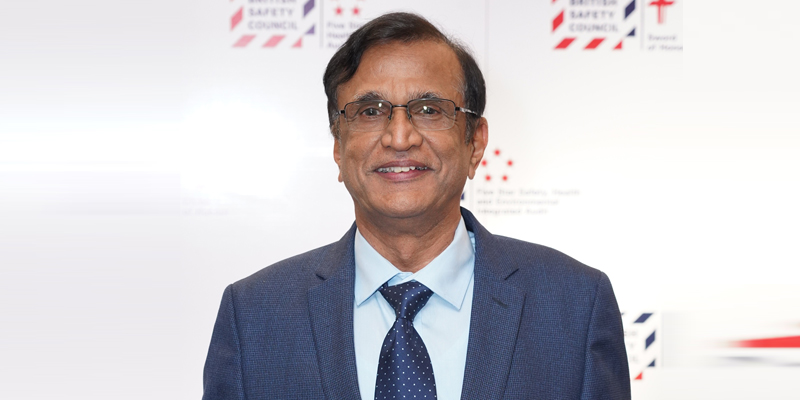Schedule a Call Back
Why manufacturers must review their chemical safety protocols
 Articles
Articles- Oct 31,23

- Exposure: Employers must provide appropriate personal protective equipment (PPE) where applicable to prevent or control exposure to hazardous substances.
- Control measures: Employers must implement robust control measures around hazardous substances. The control systems must be properly maintained, clean, and in complete working order.
- Instruction: Employers must ensure workers are provided with information, instruction and training on working with hazardous substances
- Procedures: Employers must put in place procedures to deal with accidents and emergencies relating to hazardous substances
- Surveillance: Employers should ensure workers exposed to hazardous substances are under proper surveillance
- Risk assessments: Employers must undertake periodic COSHH risk assessments.
- Limits: Employers must ensure they don’t expose workers to hazardous materials beyond the Workplace Exposure Limit (WEL).
- Supervision: Supervisors must scrutinise if employees are carrying out tasks as per the protocol.
Related Stories

Industrial safety: How slip-resistant footwears can prevent workplace accidents
In this article, Suresh Tanwar, Senior Head of Audit and Consultancy, British Safety Council, India, shares how slip-resistant safety footwear reduces workplace accidents, protects employees’ heal..
Read more
Rising demand and material limits could trigger supply crunch for OEMs
Blake Griffin, Research Manager, Interact Analysis, explains that rising trade tensions and rare earth restrictions could disrupt supply chains for industrial automation OEMs, with delayed 2025 orde..
Read more
Make in India in shifting world: Manufacturing for resilience, global leadership
India stands at a defining moment where disruption in global trade, technology, and supply chains offers both risks and opportunities for manufacturing-led growth. Rohit Chandra, Co-Founder & CEO, O..
Read more















